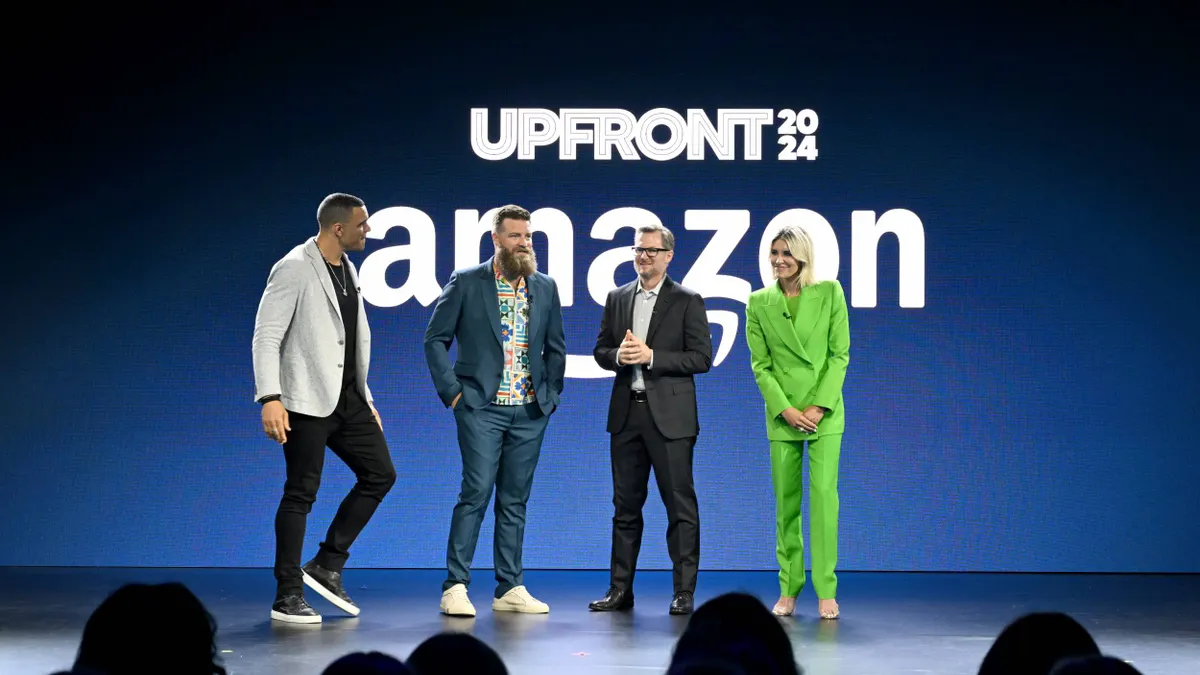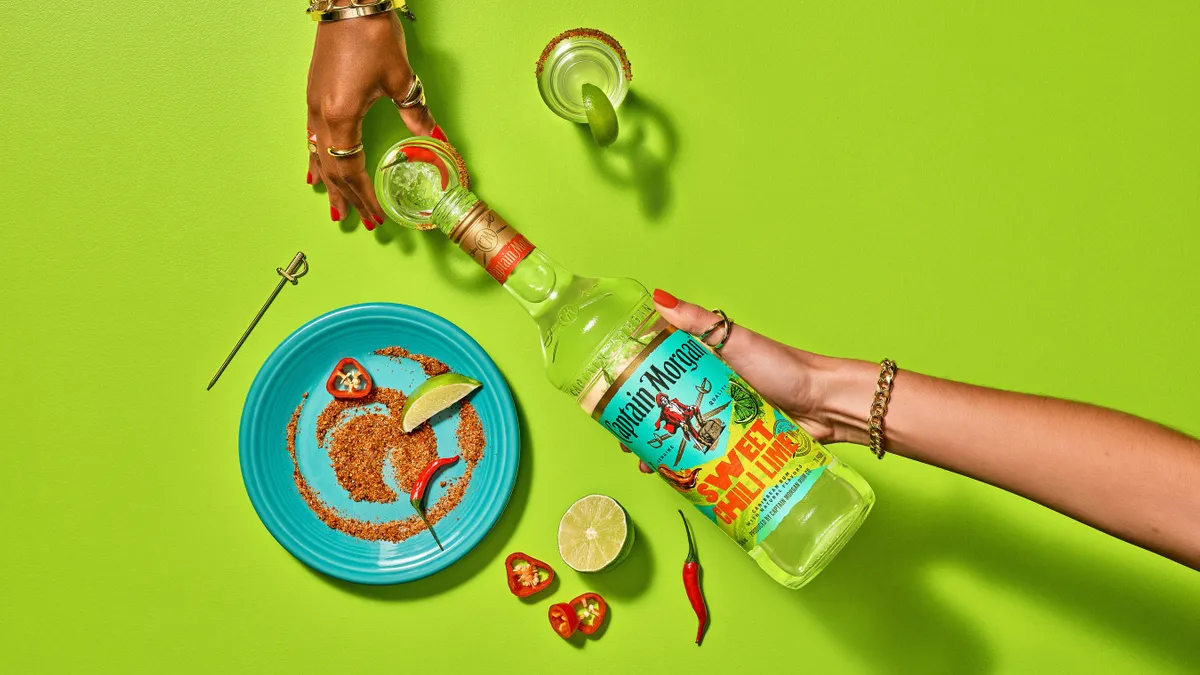Editor's note: The following is a guest post from Michela Baxter, senior director of loyalty at HelloWorld.
Consumers have spoken, and the time is ripe for innovation in loyalty. The secret to improving your brand's rewards program? Data. From offers that take too long to earn to security concerns, loyalty's most prominent pain points can be resolved through the expert interpretation of data. Here are a few common loyalty don'ts, as well as tips for overcoming these hurdles and creating data-driven programs that truly resonate.
"Rewards take too long to earn"
For today's consumers, instant gratification is no longer a nice to have, and loyalty programs are no exception. Fifty-three percent of consumers cite rewards that take too long to earn as their greatest loyalty pain point, highlighting the vital role cadence plays in enhancing brand relationships. To bolster loyalty, brands must demonstrate value from the start. Offering points or a free item for joining your brand's loyalty program is crucial when it comes to setting a precedent and demonstrating value from the very beginning. However, in order to ensure consumers aren't kept waiting to receive their next reward, try collecting data and using it to reshape your loyalty structure.
Conduct consumer lifecycle analyses to determine how long it takes customers to obtain rewards on average and, more importantly, when drop-off begins. Then, use these findings to optimize or restructure your loyalty program accordingly. Additionally, consider A/B testing different prompts and tactics, such as progress bars and push notifications that allow consumers to track their progress and gauge how close they are to earning a reward. This not only motivates consumers by giving them a better sense of how close they are to redeeming their points, but also helps to reduce drop-off while incentivizing further purchases.
"Rewards aren't personally relevant"
Personalization is key when it comes to devising exemplary loyalty strategies, and data is a surefire way to ensure your brand steers clear of cookie-cutter offers. Besides, an overwhelming 77% agree that loyalty programs should include personally relevant rewards. To better motivate consumers, take into account their specific preferences and purchase history, as well as the rewards that are redeemed most frequently and brand best-sellers for guidance. This data can then be applied when creating offers and experiences for different consumer demographics and personas. For instance, Sephora deepens loyalty by offering Beauty Insider members customized recommendations that correspond to their skin type, skin tone and overall preferences. Above all, consumers are incentivized by rewards that speak to their specific needs, so let data guide the path to tailored promotions.
"Programs send excessive messages"
Brands can also use data to streamline communications and ensure consumers are only receiving highly relevant messaging. After all, once you've successfully grown a program, the last thing you want to do is inundate members and risk diminishing the impact of your outreach. When it comes to communications, remember that quality is better than quantity. While consumers are eager to hit delete upon receiving excess notifications, thoughtful and refined updates are generally appreciated, so lean on data like customer point balances and previous purchases to surface only the most relevant information. Then monitor open rates, A/B test different subject lines, like those that use emotional language versus directive language, and asses conversion rates to determine which messages and notification schedules work best.
"Is my personal information secure?"
Security is another common concern, with 32% of consumers worried about the safety of their personal information when opting into rewards programs. Using data wisely can effectively alleviate these fears. Nowadays, consumers understand that brands may analyze their browsing behaviors, but brands should refrain from behaviors outside this comfort zone. For example, L.L. Bean scaled back on plans to embed data-tracking sensors into its clothing after receiving some backlash, demonstrating the need for considerate usage of consumers' personal data.
Before diving into more cutting-edge modes of data analysis, be sure to first rely on the information consumers have already offered. Most rewards profiles share basic information including birthday, location, favorites and contact information, all of which can be used to tailor rewards and inform loyalty strategies. Additionally, brands should take note of age demographics. For instance, brands with a younger customer base may take a more experimental approach to data in comparison to those companies reaching older audiences, especially since millennials are often more comfortable sharing their personal information. Above all, be transparent about the data you collect from consumers and how your brand uses this information.
Data is a key resource for increasing consumer satisfaction, so it's essential that brands listen to the needs of their rewards members and maximize findings to minimize specific loyalty pain points. Consider sending surveys, conducting A/B testing, taking note of consumer preferences and behaviors and making the most of profile information to ensure rewards will resonate. In the end, paying careful attention to the way your brand implements data will go a long way when it comes to creating loyalty strategies that drive excitement and continued engagement.







